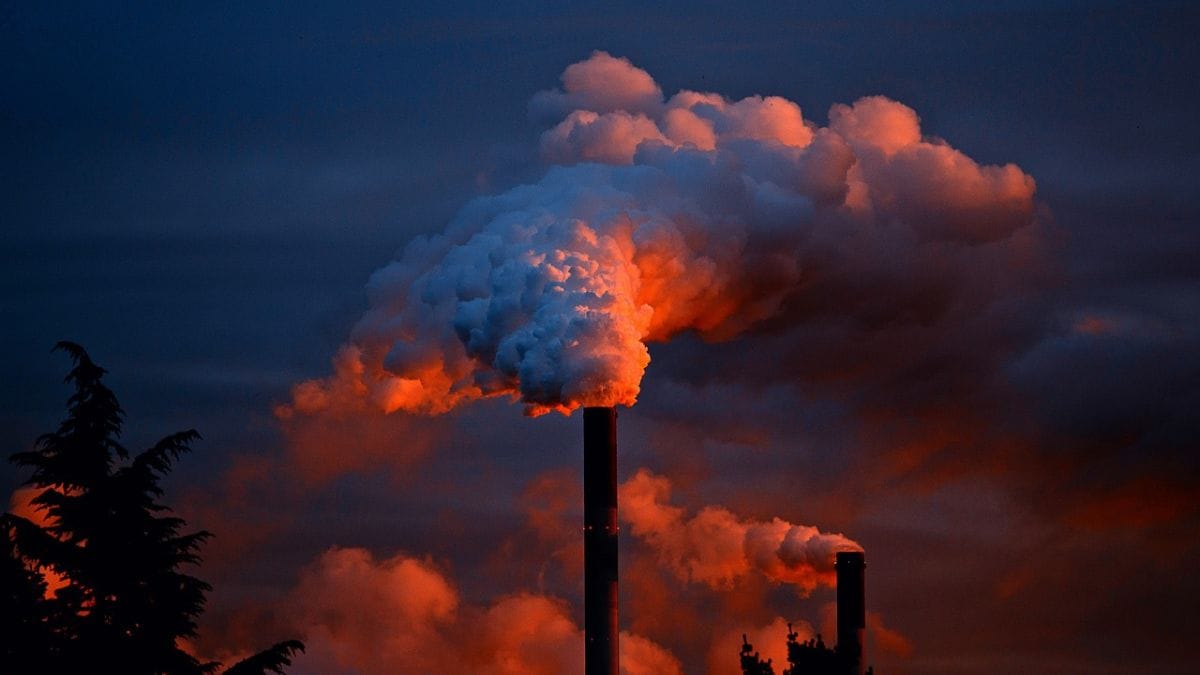Rapid rise of methane, 80 times more powerful than CO2, threatens climate

Recent research highlights a disturbing rise in atmospheric methane, a greenhouse gas 80 times more effective than carbon dioxide (CO2) at trapping heat in the short term. Despite the 2021 Global Methane Pledge, which aims to reduce methane emissions by 30 percent by 2030, current levels are rising faster than at any time in the past 40 years. This trend poses a serious threat to climate goals, as methane’s short-lived but intense warming effect accelerates global temperature rise.
Human activities fuel methane growth
Human activities, including livestock farming, fossil fuel extraction, and waste management, now account for about two-thirds of global methane emissions. Agriculture, particularly livestock and rice paddies, contributes 40 percent, while fossil fuels and landfills account for 36 percent and 17 percent, respectively. Recent data show that methane emissions from these sources have increased significantly, with a marked increase in atmospheric concentrations since 2020.
Need for immediate action
Persistently high methane levels are concerning because they are consistent with scenarios that predict warming will increase by 3°C by 2100. To meet the 2015 Paris Agreement goal of limiting warming to well below 2°C, methane emissions must be nearly halved by 2050. Solutions are available, including improved agricultural practices, better landfill management, and improved methane capture technologies. Immediate and substantial action is critical to curb this powerful greenhouse gas and limit its impact on global warming.




